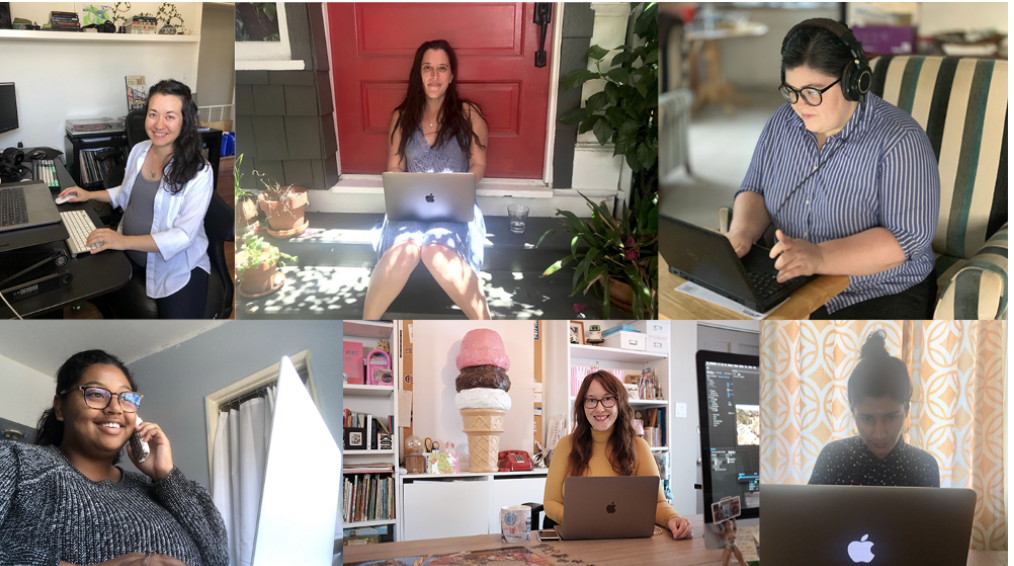How KPCC-LAist Embraced Its Role As L.A.’s Help Desk

Between March and August 2020, the KPCC-LAist newsroom received more than 3,800 pandemic-related questions. Most of these have come through Hearken, an engagement platform that allows readers to ask questions through our website. We have also received more than 200 questions from community members via GroundSource’s SMS texting platform.
We personally answered more than 3,300 of those questions via email and text message, leveraging the reporting our newsroom was already doing. We had developed the framework for this kind of help desk approach through previous election and wildfire engagement initiatives.
We staggered schedules to allow for all-day coverage seven days a week. We hired a temporary engagement producer to support the team’s efforts. We maintained a master database that includes questions, the askers’ contact information and whether a reporter is interested or has reached out to them, among other details. This allows producers, reporters and editors to easily search for trends, story ideas and potential sources.
We want to answer people’s questions in their preferred time frame, language and platform. To that end, we have turned to text messaging and direct mail distribution to reach people without reliable internet access.
Our texting service has grown to include a six-day-a-week coronavirus news roundup that is sent to more than 250 people. About 38 percent of L.A. County residents speak Spanish. So, we’ve directed many of our COVID-19 engagement efforts toward Spanish speakers. Of the 12,670 mailers that were sent to households in May, over 7000 were in Spanish and included links to resources and our texting service.
We also turned to local community, ethnic, and in-language media to reach different audiences with important coronavirus-related information. For example, we made content available to newsrooms like Boyle Heights Beat, which serves an immigrant neighborhood in East L.A., and have had a journalist regularly appear on KAZN, a Mandarin-language radio station.


